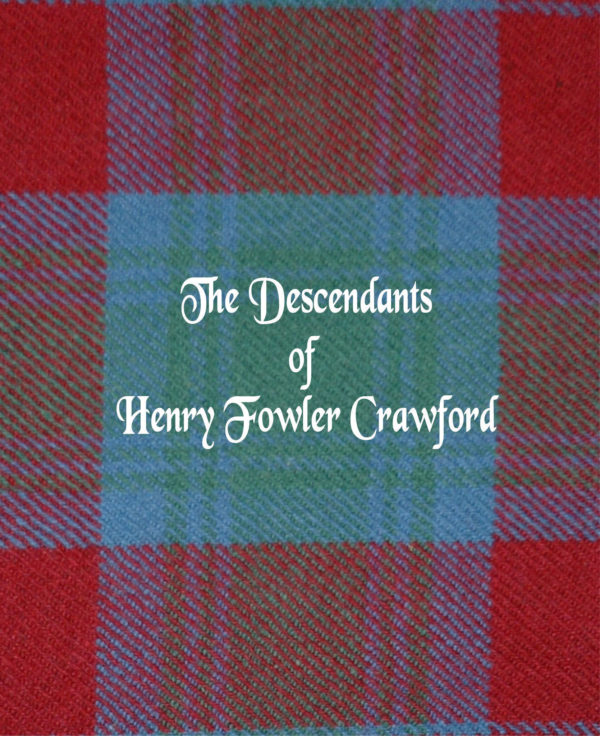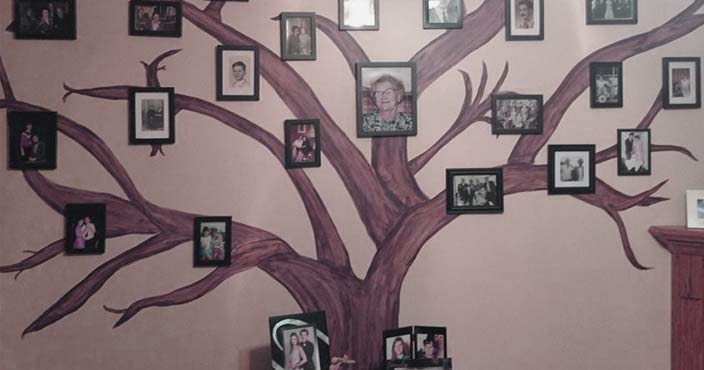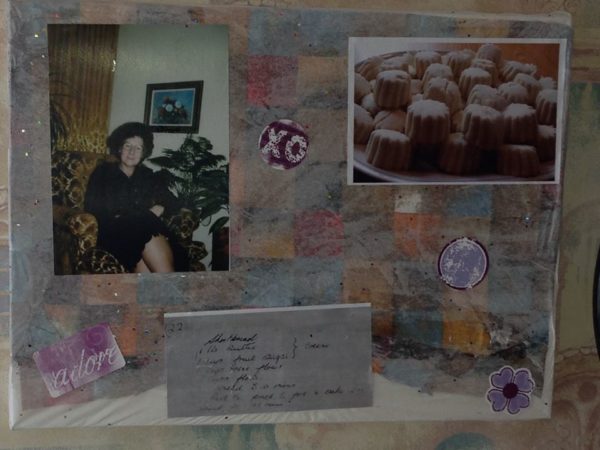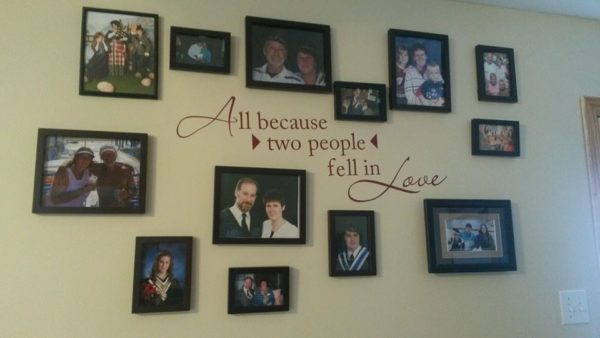Now that we have those research documents, bits of scrap paper, newspaper clippings, photos, obits, e-mails and other assorted bits of “research”, how do we preserve them for future generations?
Make the most for your research by creating and presenting a family treasure that will ensure that your family stories won’t be forgotten.

How to start
- Gather your research
- Define the scope – one ancestor, one branch, one line,
- Determine your audience
- There are various formats for preserving your family’s history. Think about how you want to preserve your stories. Do you want a family book following one ancestral line/surname? If so. think about:
- Who to include – which ancestors will you focus on?
- Prompts for telling the stories – ask older relatives questions about their early lives. Often photographs will evoke strong memories. Show the older relative a photograph and ask them to tell you about the people in the photo
- Memories can also be evoked by asking about holiday traditions, summer holidays, school days
- Add photos, maps, newspaper articles, certificates, recipes and other items to round out your names, dates and pedigree charts
- Learn about the social history of your ancestors for inclusion in your family book so that you can put context to your genealogical research
- Dealing with the skeletons and scandals – this is an individual decision and needs to be determined by the audience – who will be reading your book? Personally, I allowed the people being interviewed to determine what they wished to share. If the scandals are about ancestors who have long since passed, I have no difficulty sharing the stories. These are often fascinating and the family loves to hear them. However, if the scandal is about living individuals or individuals recently passed, but still within memory of most of the readers, then I keep that out of the book, but will record it in my research notes and family history software so that at some future time, others can also learn the information.
Other Ways To Share Family History:
A Family Recipe Book: Consider creating a recipe book sharing the recipes that have been handed down over the generations. You might want to include a photo of the dish once it is made as well as a short story about why you chose this particular recipe. And of course, you can always include photos of the person who was best known for the dish, or of the family chowing down.
Create a Family Photo Display: This can be done in any number of ways. I chose to paint a tree on my wall and hang photos from the family tree. You can create a display that works for you and for the space you have available. For inspirational ideas, try searching for “photo displays” on Pinterest: https://www.pinterest.com/
Scrapbook Your History: You can create a scrapbook with one page per ancestor, or one page per family. This can be an old-fashioned scrapbook or a digital photo book, depending on your own preference. Again, you can add maps and photos/scans of newspaper articles to add depth to your family’s story.
However you choose to preserve your family’s story will become your legacy and will create a family heirloom to be treasured for many years to come.
Scottish born, Canadian raised, Christine had the best of both worlds, growing up immersed in Scottish culture. Realizing that others of the Scots diaspora were not as fortunate, she started her business, Genealogy Tours of Scotland to allow others researching their Scottish roots the opportunity to return to the land of their ancestors, conduct family history research and deepen their sense of belonging to their ancestral kin.







